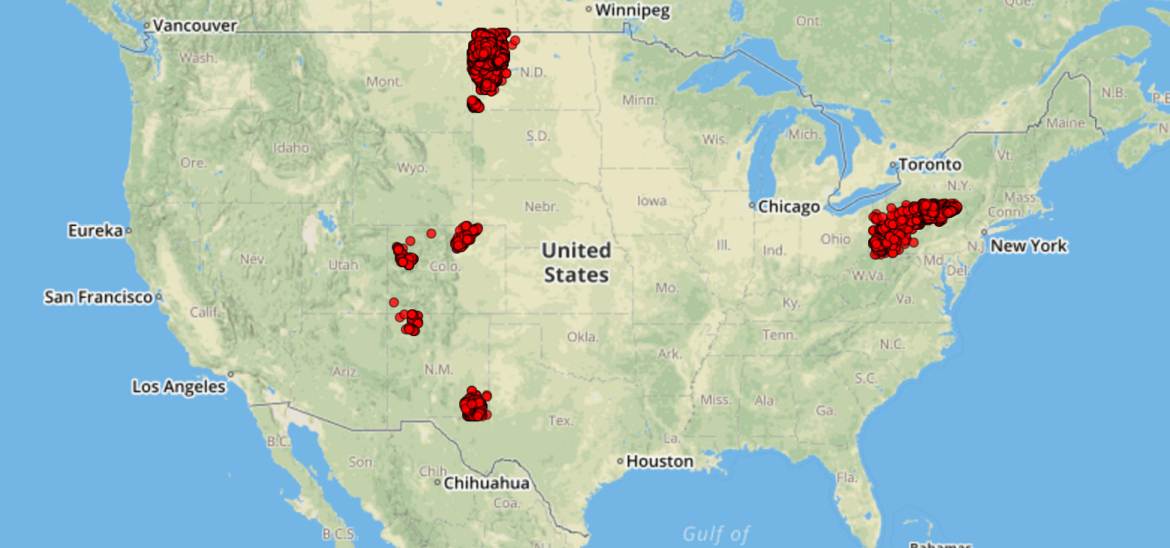Oil and gas regulations vary tremendously state to state and a new study finds that inconsistency means it is difficult to come up with a comprehensive picture of the environmental impact of unconventional oil and gas drilling.
The report was published in the journal Environmental Science and Technology. Study co-author Kate Konschnik said when one state tracks oil, brine and chemical spills one way, and another state does it another way, it’s really hard to put that data together and figure out how the industry can improve.
“It’s quite scattershot the amount of information being collected, the form in which it’s being collected and the way in which it’s being shared with the public,” Konschnik told Inside Climate News.
The study looks at data from North Dakota, New Mexico, Pennsylvania, and Colorado and found 6647 spills from fracked oil and gas wells between 2005 and 2014.Of those states, North Dakota had 67 percent of the spills. Colorado had the lowest rate, at 7 percent. But, it’s important to note North Dakota requires companies to report much smaller spills, 42 gallons or more. In Colorado, reporting begins at a spill of 210 gallons.
The study’s authors, Science for Nature and People Partnership, or SNAPP, used the data to produce this cool visualization map.








